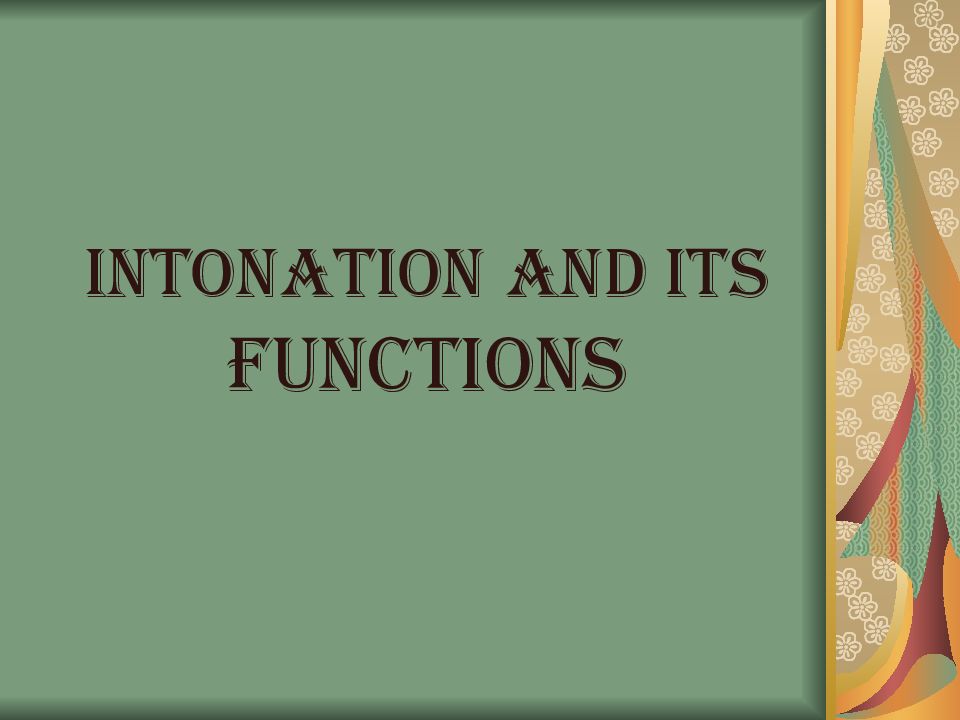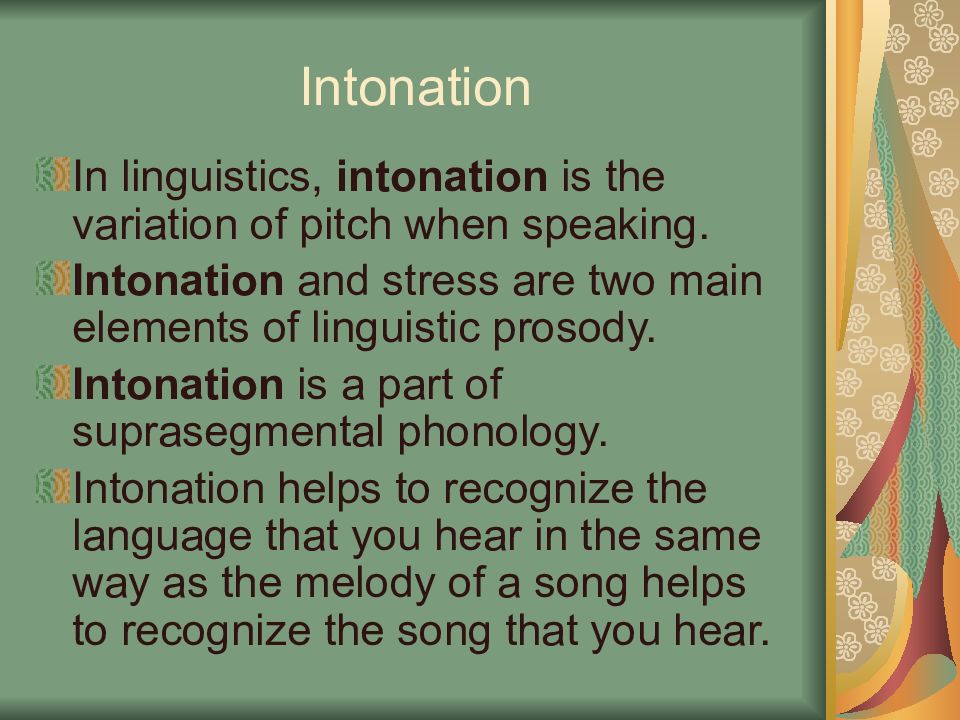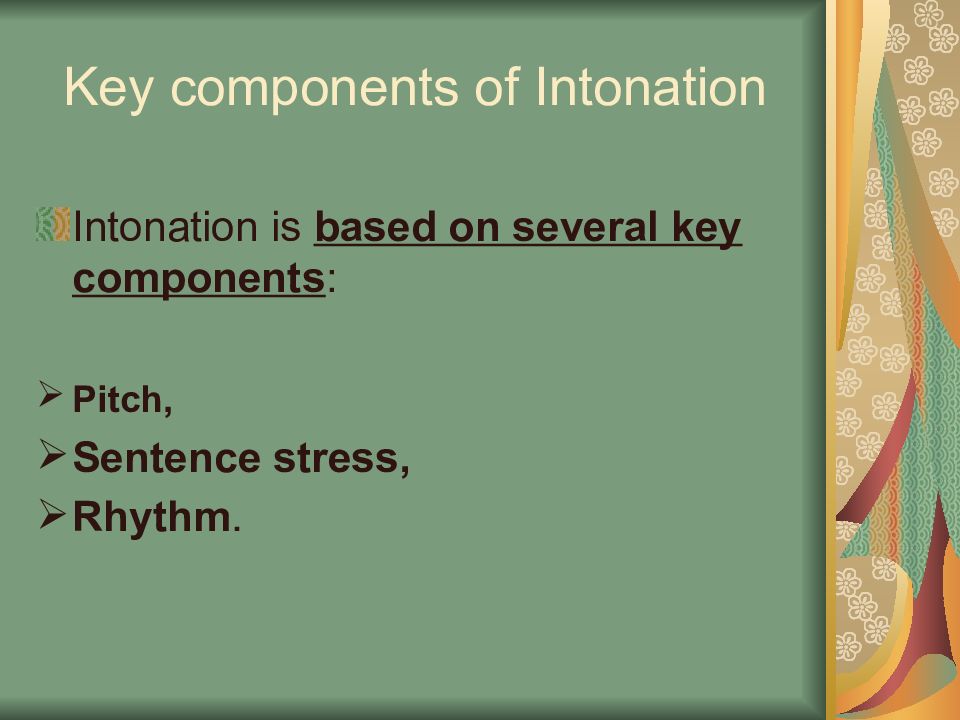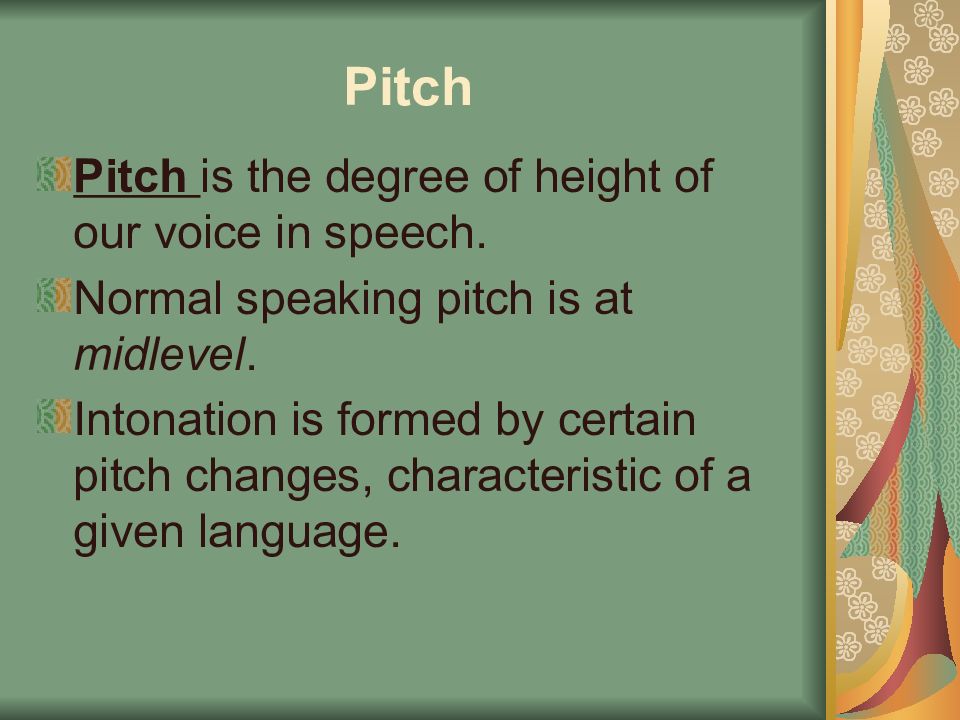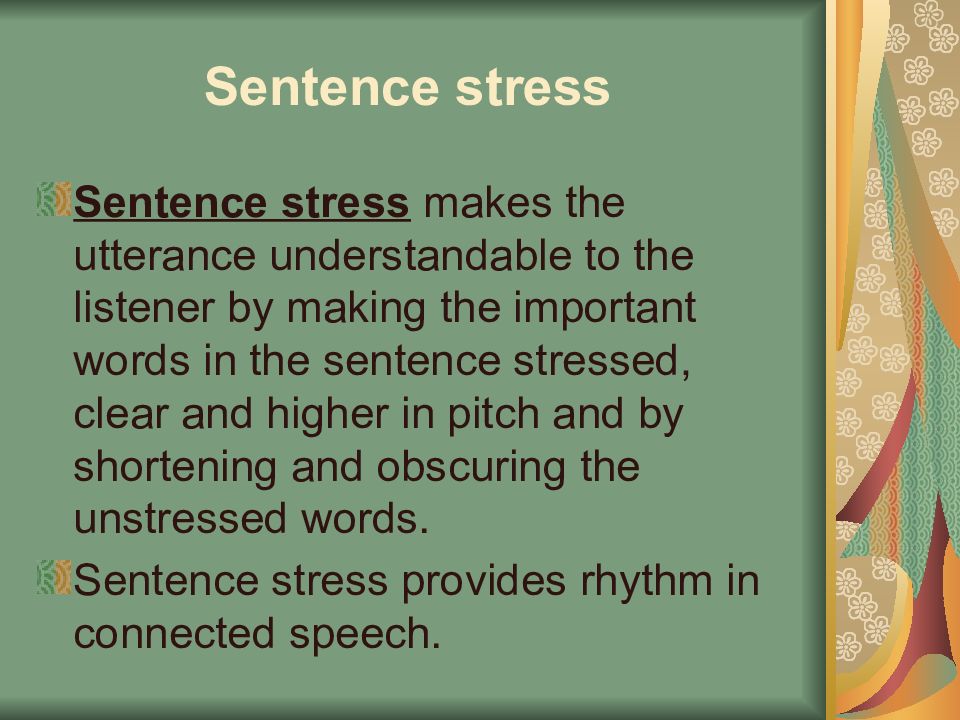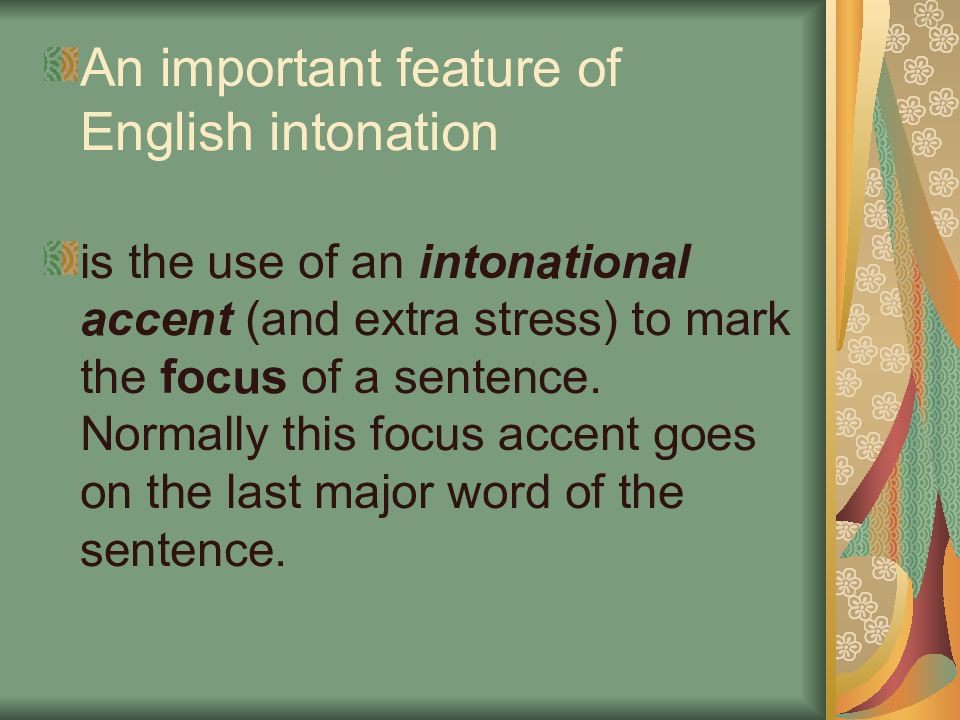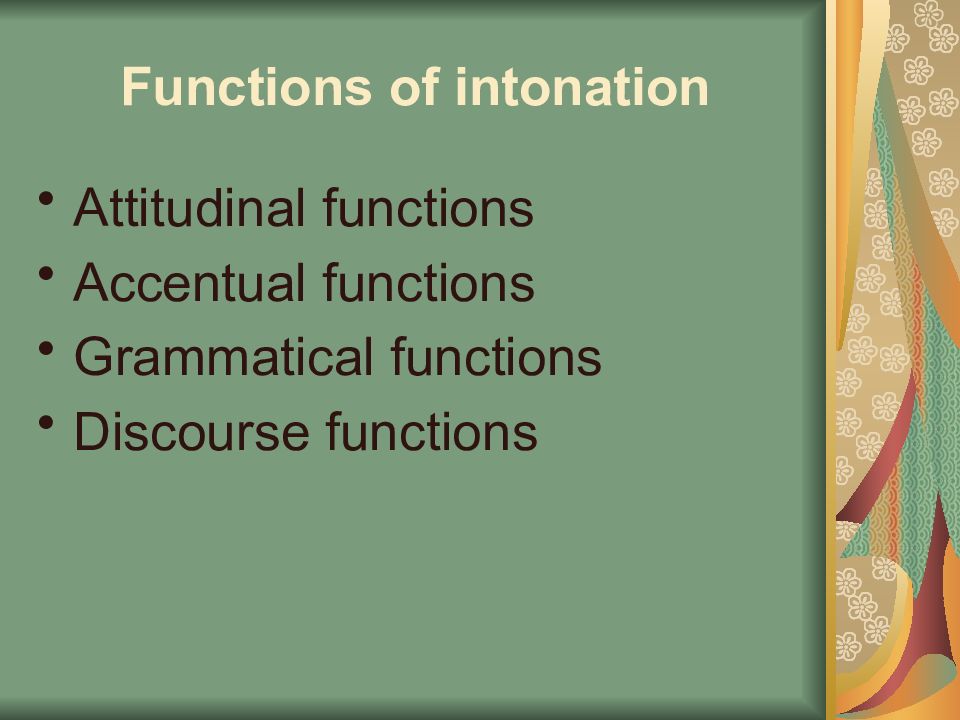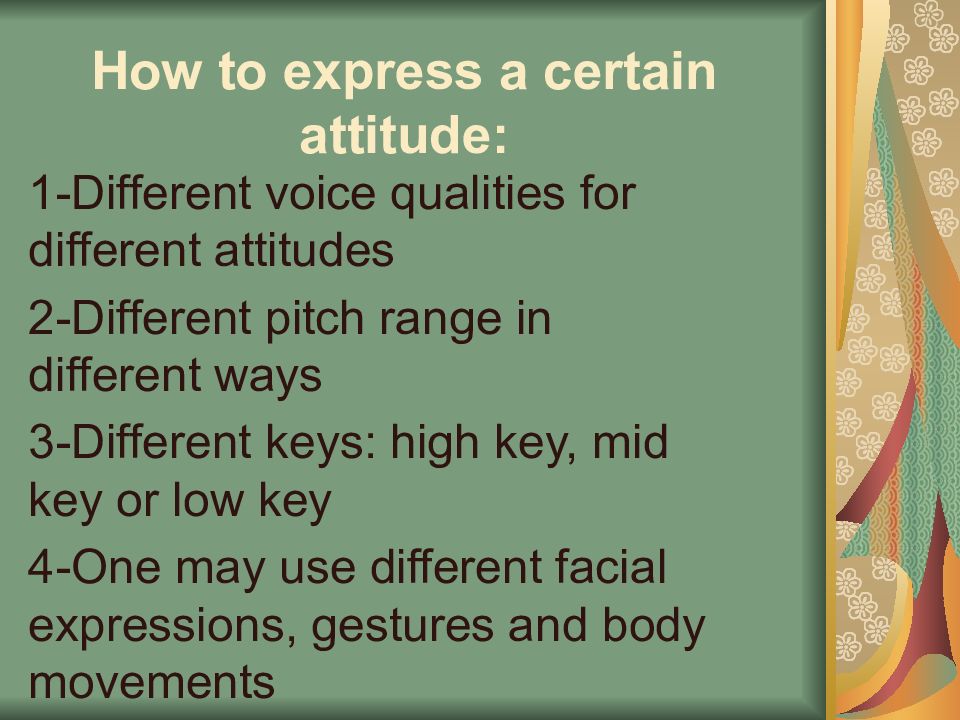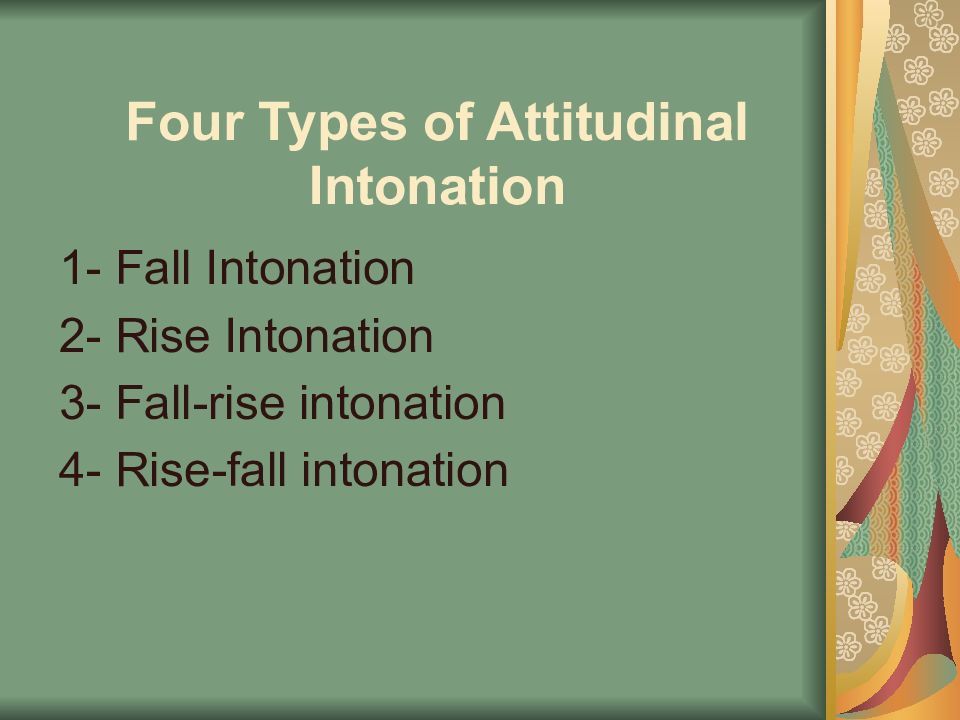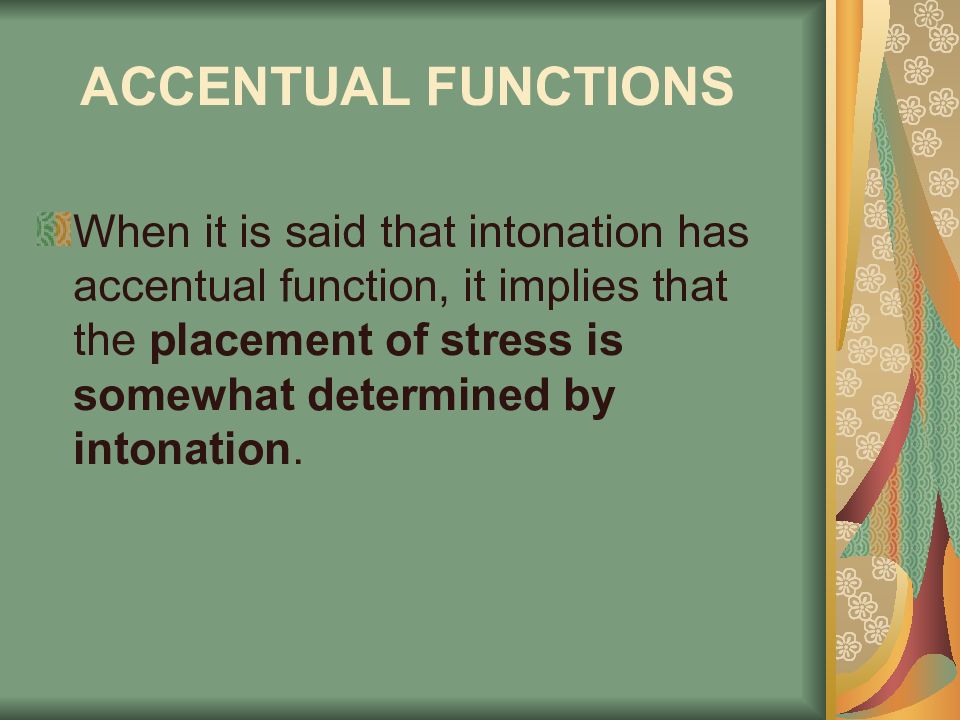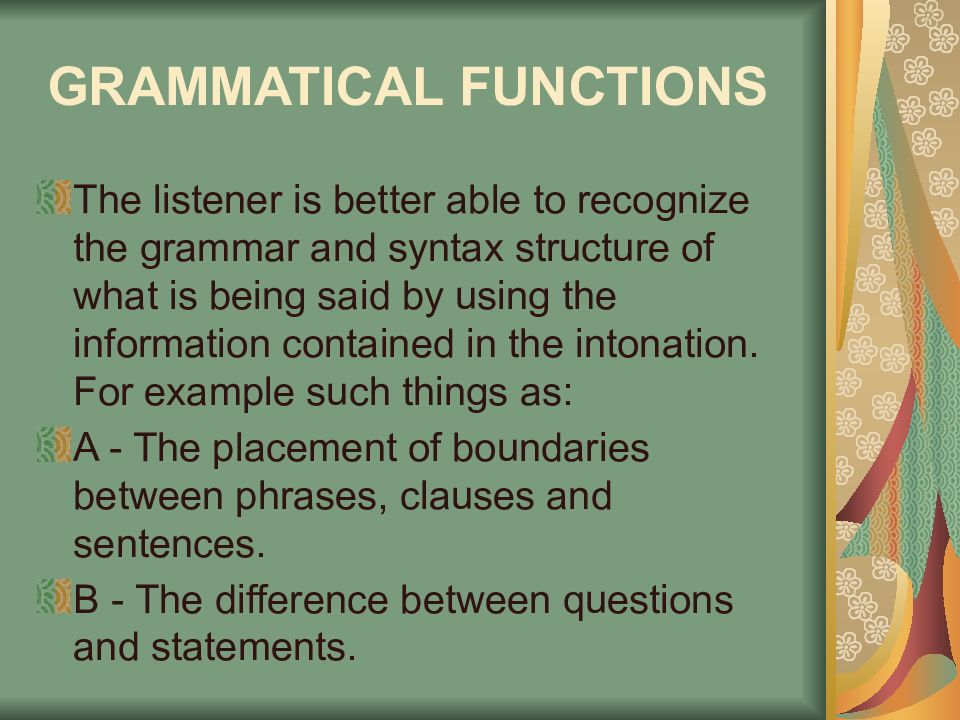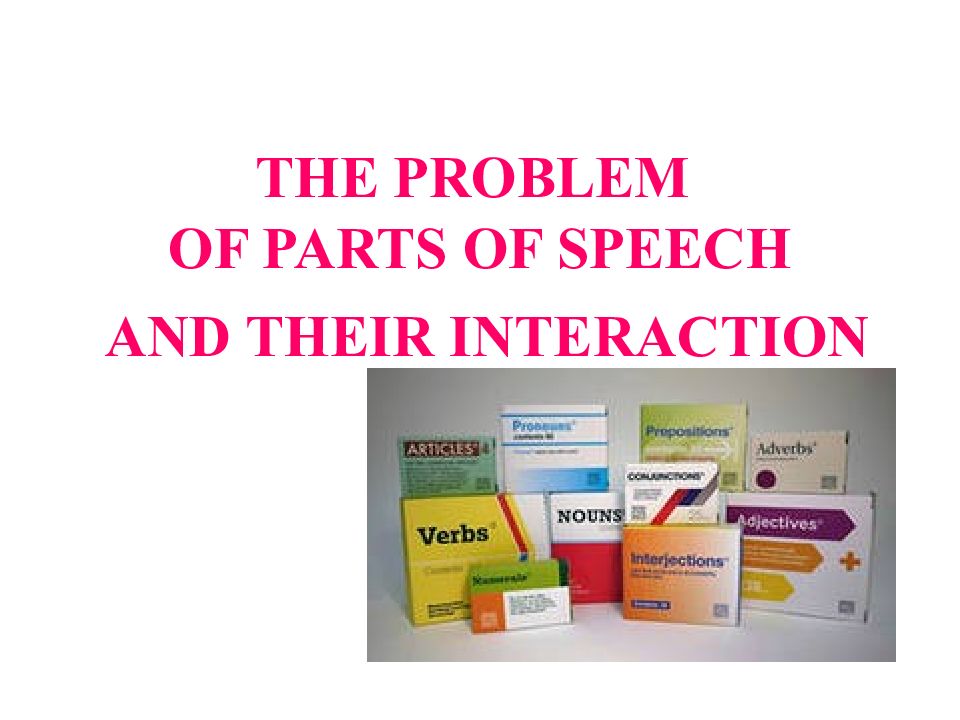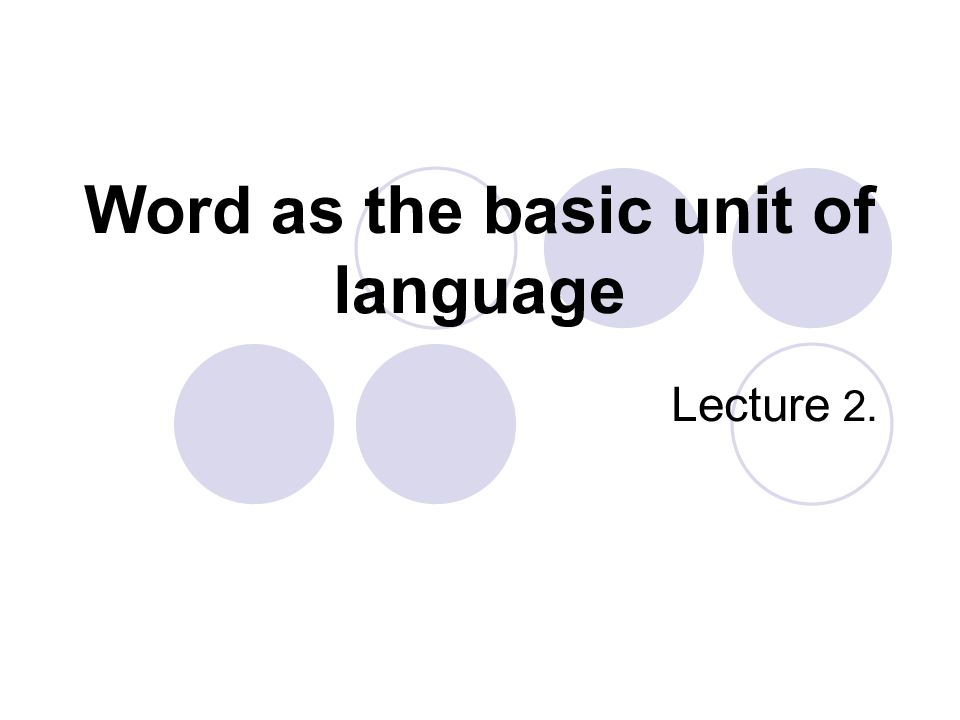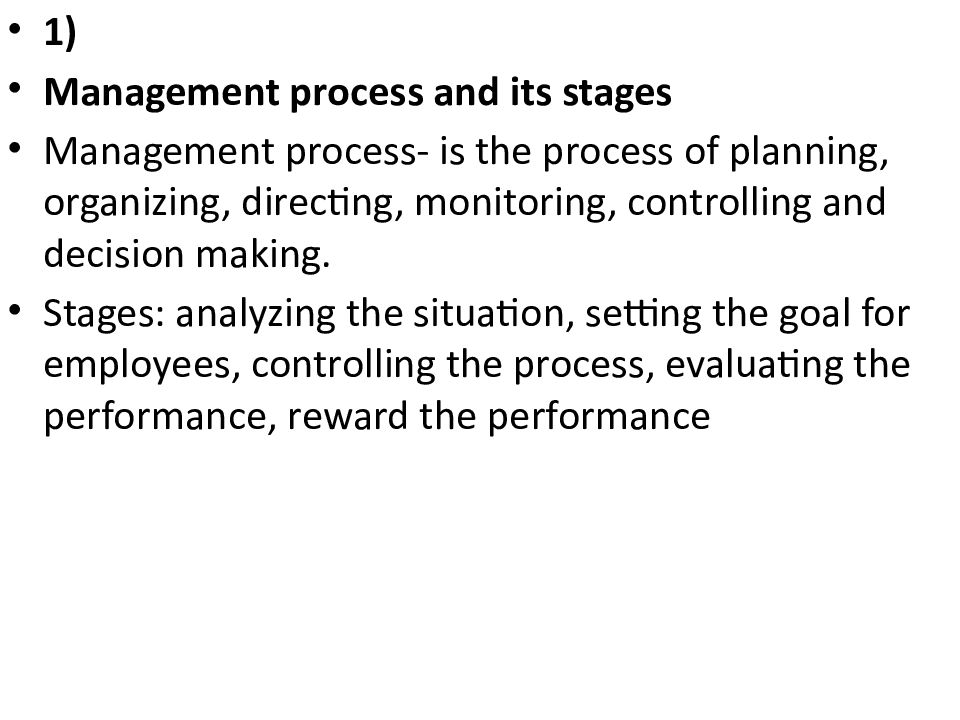Первый слайд презентации: INTONATION And ITS FUNCTIONS
Слайд 2: Intonation
In linguistics, intonation is the variation of pitch when speaking. Intonation and stress are two main elements of linguistic prosody. Intonation is a part of suprasegmental phonology. Intonation helps to recognize the language that you hear in the same way as the melody of a song helps to recognize the song that you hear.
Слайд 3: Key components of Intonation
Intonation is based on several key components : P itch, S entence stress, R hythm.
Слайд 4: Pitch
Pitch is the degree of height of our voice in speech. Normal speaking pitch is at midlevel. Intonation is formed by certain pitch changes, characteristic of a given language.
Слайд 5: Sentence stress
Sentence stress makes the utterance understandable to the listener by making the important words in the sentence stressed, clear and higher in pitch and by shortening and obscuring the unstressed words. Sentence stress provides rhythm in connected speech.
Слайд 6
An important feature of English intonation is the use of an intonational accent (and extra stress) to mark the focus of a sentence. Normally this focus accent goes on the last major word of the sentence.
Слайд 7: Functions of intonation
Attitudinal functions Accentual functions Grammatical functions Discourse functions
Слайд 8: ATTITUDINAL FUNCTIONS
Allow us to express emotions: finality, confidence, interest, surprise, doubt, joy, pain, irony, etc.
Слайд 9: How to express a certain attitude:
1-Different voice qualities for different attitudes 2-Different pitch range in different ways 3-Different keys: high key, mid key or low key 4-One may use different facial expressions, gestures and body movements
Слайд 10: Four Types of Attitudinal Intonation
1- Fall Intonation 2- Rise Intonation 3- Fall-rise intonation 4- Rise-fall intonation
Слайд 11: ACCENTUAL FUNCTIONS
When it is said that intonation has accentual function, it implies that the placement of stress is somewhat determined by intonation.
Слайд 12: GRAMMATICAL FUNCTIONS
The listener is better able to recognize the grammar and syntax structure of what is being said by using the information contained in the intonation. For example such things as : A - The placement of boundaries between phrases, clauses and sentences. B - The difference between questions and statements.
Слайд 13: THE DISCOURSE FUNCTIONS OF INTONATION
Intonation can signal to the listener what is to be taken as “new” information and what is already “given”. It can indicate when the speaker is indicating some sort of contrast or link with material in another tone unit. In conversation it can convey to the listener what kind of response is being expected from him.
Последний слайд презентации: INTONATION And ITS FUNCTIONS: Conclusion
The mentioned outlined intonation patterns are certainly not obligatory. The risk with these approaches is that one might end up making generalizations that are too broad and will have little power to predict with accuracy the intonation that a speaker will use in a particular context. Moreover generalizations like these are very broad and foreign learners do not find it easy to learn to use intonation through studying them. An intonation function is perhaps the most controversial topic relating phonetics and so it is not possible to draw any definite sketch regarding it.
